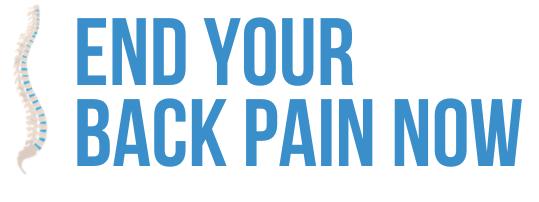Stretching in the case of quadratus lumborum injury or long term tension is fairly simple and straightforward. In the video below, I’ll show you how to get a quadratus lumborum stretch.
httpv://www.youtube.com/watch?v=LnxADsHZ3O0
Where is the Quadratus Lumborum?
The quadratus lumborum (QLO for short) is one of the most important muscles when it comes to resolving lower back pain. In the image above, its the dark red one. This muscle attaches to the bony projections next to the spine called the spinous processes, the last rib, and the top of the pelvis, which is called the iliac crest.
The function of this muscle is to perform side bending of the lumbar spine, and when both activate at the same time they extend the spine (lumbar lordosis). The QLO is well known to contain multiple trigger points that refer pain into the region of the sacroiliac joints, and therefore can mimic sacroiliac joint and even sciatica symptoms.
Stretching the Quadratus Lumborum
In the video above, I demonstrate how to stretch the QLO. You can do this simply by laying over a swiss ball. Slightly altering your position forward and backward to find the best position of stretch will be needed to optimize the stretch.
I don’t find any specific holding time to get the best stretch. Generally, 30-60 seconds does the trick. I also advise that you make sure you breathe DEEPLY into your lower ribcage to improve the stretch.
Muscle Release Techniques for the Quadratus Lumborum
Stretching alone may not be effective for fully releasing the quadratus lumborum. I find that most people need some form of manual therapy to assist this process. When I say manual therapy, I don’t mean chiropractic adjustments. I’m referring to soft-tissue therapies like massage techniques. As a Neuromuscular Therapist, I perform a number of techniques on the muscles, but frankly, simple gliding strokes from the origin to the insertion of the QLO usually works just fine along with stretching. This must be done deep enough t0 effect the tight muscle fibers, not caution must be emphasized not to compress the lumbar spine in cases where pain is caused by lumbar extension.
